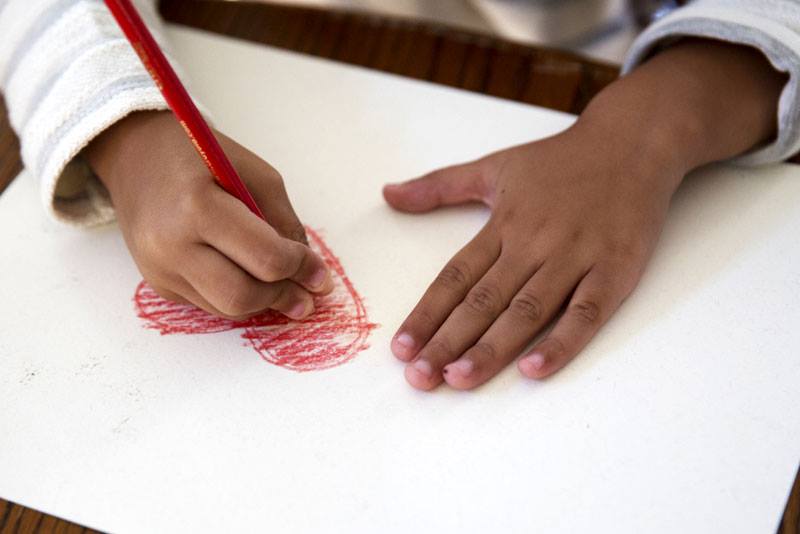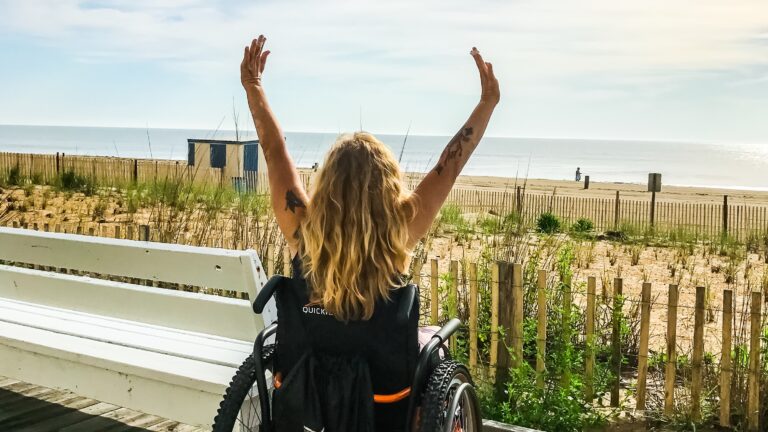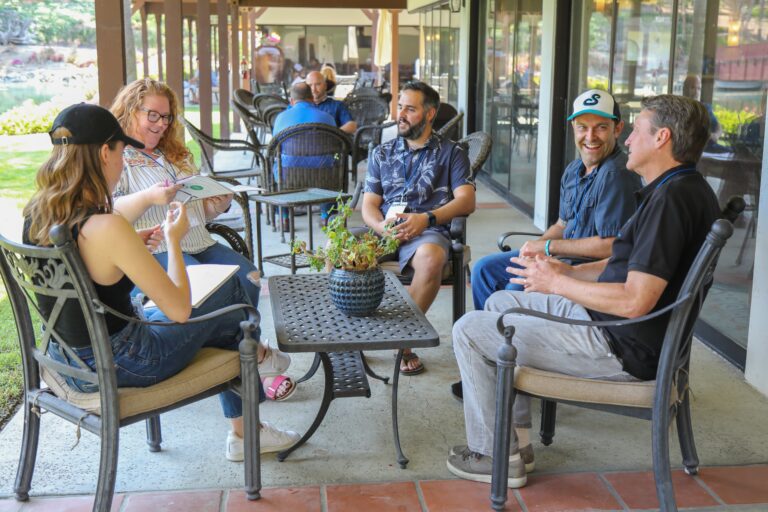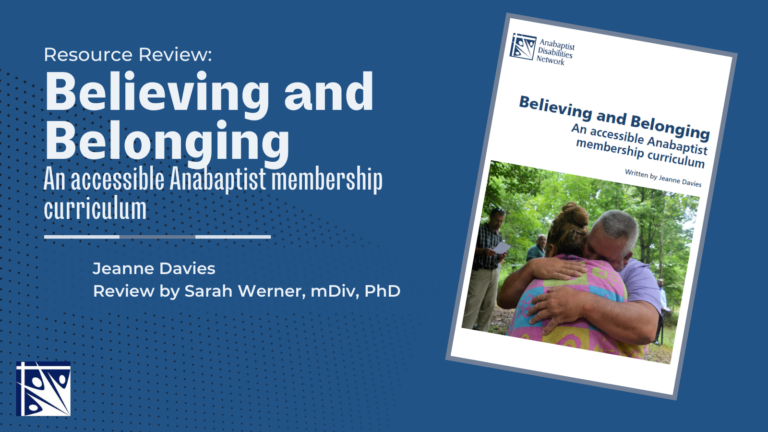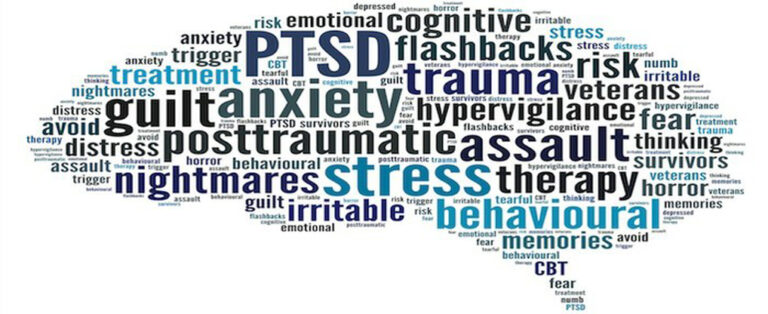Adverse Childhood Experiences
”What are ACEs?” you may be wondering. ACE stands for adverse childhood experiences. These childhood experiences have a major effect on a person’s mind, body, and health over long periods of time, even into adulthood. In the 1990s, Kaiser Permanente did a study of more than 17,000 members, asking them about their childhood experiences and their current health and behaviors. This study and other ACE studies have found that in Indiana, 54 percent of children have not experienced any ACEs, 23 percent have experienced one ACE, and 11 percent have experienced two ACEs. Twelve percent of children in Indiana have experienced three or more ACEs. That’s more than 180,000 children. The higher the ACE number, the more devastating the effects can be on a person’s health. For example, people with an ACE score of six or higher could take 20 years off their life expectancy. Although Permanente’s study was brilliant and allowed the awareness of trauma to come out of the hidden shadows of confinement and into the light to help people work toward wholeness, there were some limitations in terms of data collected. The population sample came from mostly white, middle-class, middle-aged, educated individuals. In order to get a more accurate view of ACEs, one would have to study all ethnicities and economic conditions. Then one could gain a better understanding of how ACEs affect all youth and families.
In the United States, the most common ACEs that children experience are economic hardship and the divorce/separation of a parent/guardian. The third most common ACE differs based on race and ethnicity. For White or Hispanic children, it is living with an adult with a substance abuse problem. For Black, non-Hispanic children, it is parental incarceration. In our area of the United States, only 38 percent of Black children have no ACEs compared to 52 percent of Hispanic children, 60 percent of White children, and 79 percent of Asian-American children. Those results are staggering. The ACEs disparity among people of color is horrific in comparison to their White and Asian counterparts. Let us take a deeper dive into ACEs findings within minority groups.
When looking into the American Indian/Alaskan Native groups, an article called “Adverse Childhood Experiences and Alcohol Dependence among Seven Tribes” found some shocking findings. In the category of abuse and neglect, 40 percent of men and 42 percent of women were physically abused, and 45 percent of men and 43 percent of women were physically neglected. In the family/context category, 66 percent of men and 66.5 percent of women had an alcoholic parent. These could be the contributing factors why American Indian and Alaskan Native groups have a higher suicide rate than many other ethnic groups. In the Kaiser Study it was found that many people had an ACE score of 1 or higher. This study and others found that diverse populations have an ACE score of 4 or higher.
Social Determinants of Health and the Philadelphia Study
In 2013, the Philadelphia Urban ACE Study found some very interesting facts. They found that environmental factors were just as traumatic as physical and emotional factors. The original ACEs study done by Kaiser did not include certain factors that can be traumatic for minority populations, so the urban ACEs study expanded to include a more diverse population. For example, the original study came from a sample of 79 percent White and 5 percent Black and Hispanic. The population of the Philadelphia Urban ACE Study was 45 percent White, 44 percent Black, and 14 percent Hispanic. When taking a sample from a more diverse population, it was discovered that factors like witnessing violence, living in an unsafe neighborhood, experiencing racism and discrimination, living in foster care, and experiencing bullying were very traumatic and often experienced by people of color. These types of traumatic stressors can become toxic and chronic when you must live in those conditions daily. “Social determinants of health” means that the environments in which we live our lives have an impact on our health. All these factors impact a person’s health outcomes – mortality, life expectancy, health status, functional limitations – including mental health. Reducing disparities and increasing behavioral health equity in minority populations will greatly impact these factors and improve health and mental health outcomes for people of color. For more information, visit Social Determinants of Health.
ACEs are not destiny. Just like knowing other risk factors, knowing your ACE score gives you the power to act. When a person with ACEs take action, they build resilience, and resilience births a bounce-back mentality that can foster healing and stability. Without information about a person’s ACEs, a person may begin to feel powerless and helpless, which can breed a victim mentality and keep an individual a prisoner of despair, and continue a generational cycle of disparities. Take control! Learn about ACEs and how you can overcome these experiences to experience freedom rather than captivity.

Darial Sterling is the Cultural and Linguistic Competency Coordinator (CLC) for The SOURCE, Elkhart County’s System of Care. Darial collaborates with service providers, leaders, and stakeholders to help put systems and programs in place to reduce disparities among minority youth who struggle with mental and/or behavioral health challenges. Darial has B.A. in Psychology and has completed some graduate coursework in Counseling from Liberty University. Darial is also a minister at New Vision of Life Church in Elkhart, Indiana, under the leadership of Pastor Marvin Pace. With over 12 years of experience in mental health care and advocacy in community, municipal, and state delivery systems and over 8 years of experience as a minister, Darial brings a unique set of skills to help build equitable and culturally responsive dynamics into infrastructures.


